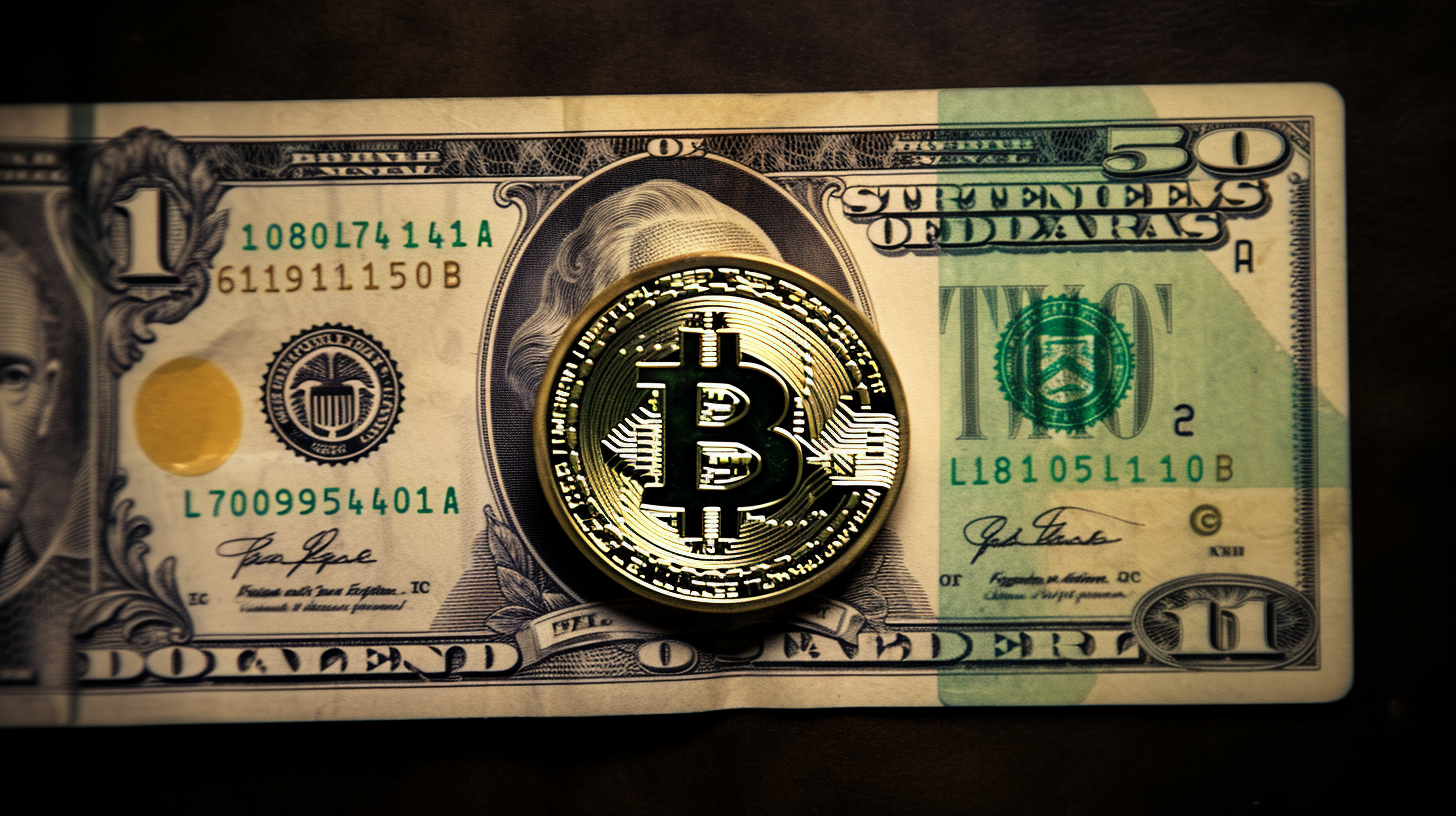In the variegated tapestry of our modern crypto society, where the jingle of coins and the rustle of paper money have become antiquated memories, one of the most pressing questions that bubbles to the surface is: how do we now verify identity in a realm devoid of physical financial totems? Let us embark on an exploration of the metamorphosis of identity verification, traversing a landscape unmarked by cash but rich with digital fingerprints.
The Dawn of the Crypto Age
As the crypto renaissance unfolded, traditional wallets were supplanted by their digital counterparts — sleek, secure and invisible to the naked eye. It was the blockchain, that immutable ledger, which first began to redefine the tenets of trust and identification. As we swapped physical bills for Bitcoin, Ethereum, and others, the need for a new identity paradigm became as evident as a full moon on a clear night.
A New Trust Framework
Spearheading this charge was multi-factor authentication (MFA), a technology that, whilst already in existence, found neoteric life in the cryptocurrency ecosystem. By requiring a combination of something you know (like a password), something you have (a smartphone), and something you are (biometric data), MFA has become a bedrock of crypto-identity verification.
Biometrics: The Digital ‘You’
The leap into biometric technology has been as profound as it has been disruptive. In this world where every Satoshi matters, fingerprints, facial recognition, and iris scans have become as commonplace as the handshake once was. These biological hallmarks have transformed into cryptographic keys — complex, yet singularly ours, they represent identity in an unforgeable and unwavering language.
Decentralized Identity: Sovereignty in Bytes
Perhaps the most revolutionary stride has been the emergence of decentralized identity (DID). Wiggle free from the confines of centralized authority, DIDs empower individuals to control and share their identity credentials without an intermediary. Think of a digital passport, with visas to various platforms and services, all stored on a blockchain that attests to its veracity without revealing all the details. The implications for privacy and personal agency are nothing short of seismic.
Challenges on the Horizon
Yet, this journey is not without its brambles and briars. The perils of digital exclusion loom large, and the quest for universal accessibility remains a grail still distant. We must navigate these waters with care, ensuring that the dignity of identity is a right enjoyed by all, not just the technologically enfranchised.
Looking Towards the Future
As we chart our course towards an increasingly digitized society, we stand on the cusp of an era where your identity and your assets are inextricably linked, encrypted, and globally recognized. The burgeoning fields of smart contracts and blockchain archeology are not mere siblings but twins of the same revolution. They signal a future where transactions and identities are both authenticated seamlessly within the blockchain’s embrace.
The fabric of our society is being rewoven before our eyes. In this crypto-centric world, identity is not just verified; it is created, protected, and expressed in every digital interaction. As these technologies continue to evolve, so too will the narratives we tell about ourselves and the economic interactions we are capable of.
